The Biological Mechanisms of Sensory Perception
Introduction
Sensory perception is a complex biological process that allows organisms to interpret and respond to their environment. It involves the detection of stimuli by sensory receptors, the conversion of these stimuli into neural signals, and the processing and interpretation of these signals by the brain. This article will delve into the intricate biological mechanisms that underlie sensory perception, focusing on the five traditional senses: sight, hearing, taste, smell, and touch.
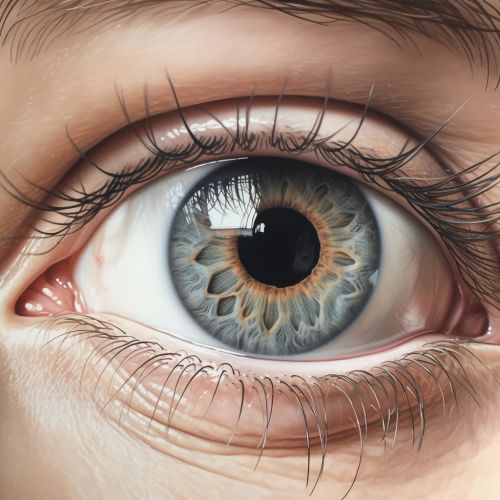

Sensory Receptors
Sensory receptors are specialized cells or cell structures that respond to specific types of stimuli. They are classified into five main types based on the type of stimulus they detect: photoreceptors (light), mechanoreceptors (pressure or vibration), chemoreceptors (chemicals), thermoreceptors (temperature), and nociceptors (pain).
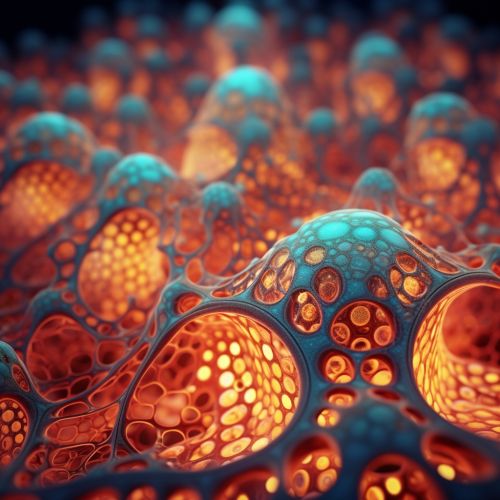

Photoreceptors
Photoreceptors are found in the retina of the eye and are responsible for the sense of sight. They come in two types: rods, which are sensitive to light and dark and provide black-and-white vision, and cones, which are sensitive to color. The photoreceptors convert light energy into electrical signals that are then transmitted to the brain via the optic nerve. For more information, see the article on photoreceptors.
Mechanoreceptors
Mechanoreceptors respond to mechanical pressure or vibration. They are found in various parts of the body, including the skin (touch), the inner ear (hearing and balance), and the muscles and joints (proprioception, or the sense of body position). Mechanoreceptors convert mechanical stimuli into electrical signals that are transmitted to the brain. For more information, see the article on mechanoreceptors.
Chemoreceptors
Chemoreceptors detect chemical changes in the environment. They are responsible for the senses of taste and smell. In the nose, olfactory chemoreceptors detect airborne chemicals, or odors. In the mouth, gustatory chemoreceptors detect chemicals in food and drink. These receptors convert chemical stimuli into electrical signals that are transmitted to the brain. For more information, see the article on chemoreceptors.
Thermoreceptors
Thermoreceptors detect changes in temperature. They are found in the skin and other tissues and are responsible for the sense of temperature. Thermoreceptors convert temperature stimuli into electrical signals that are transmitted to the brain. For more information, see the article on thermoreceptors.
Nociceptors
Nociceptors are pain receptors. They are found throughout the body and respond to harmful or potentially harmful stimuli, such as extreme heat or cold, intense pressure, or damaging chemicals. Nociceptors convert these stimuli into electrical signals that are transmitted to the brain. For more information, see the article on nociceptors.
Transduction and Transmission
Once sensory receptors detect a stimulus, they convert it into an electrical signal through a process called transduction. This involves the opening or closing of ion channels in the receptor cell membrane, leading to a change in the cell's electrical potential. This change in potential triggers an action potential, a rapid, temporary reversal of the cell's electrical potential that propagates along the cell's axon. This action potential is then transmitted to the brain via the sensory nerves. For more information, see the article on transduction.
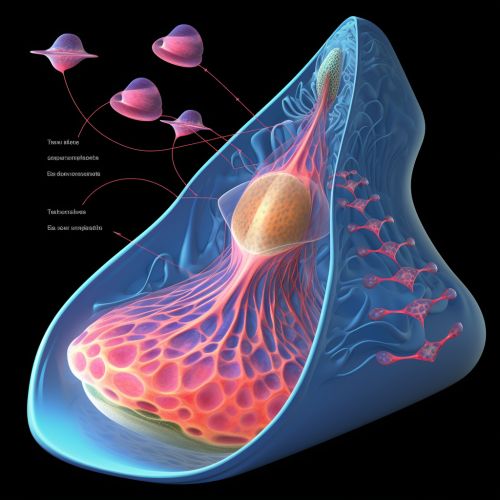
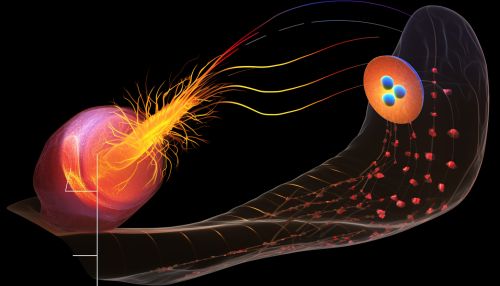
Processing and Interpretation
The electrical signals from the sensory receptors are transmitted to the brain via the sensory nerves. These signals are first processed in the thalamus, a part of the brain that acts as a relay station for sensory information. The thalamus directs these signals to the appropriate areas of the cerebral cortex, the outer layer of the brain, where they are interpreted. For example, visual signals are sent to the visual cortex, auditory signals to the auditory cortex, and so on. For more information, see the article on sensory processing.
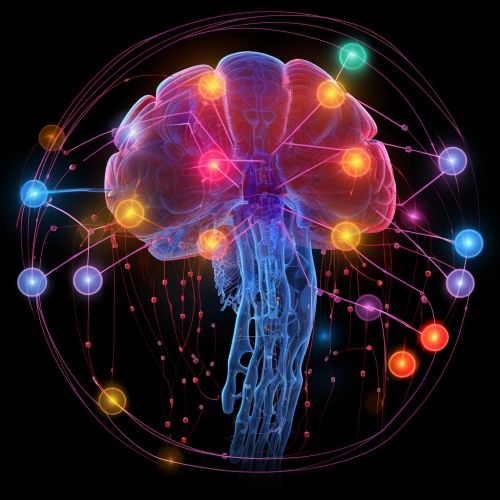
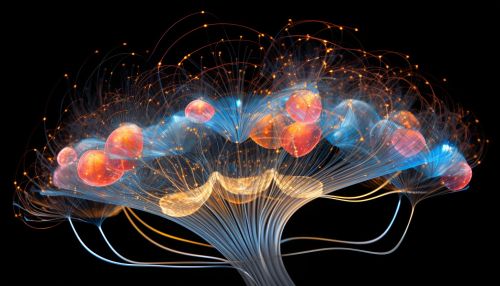
Conclusion
Sensory perception is a complex and fascinating biological process that allows us to interact with and respond to our environment. It involves a series of intricate mechanisms, from the detection of stimuli by sensory receptors, to the conversion of these stimuli into electrical signals, to the processing and interpretation of these signals by the brain. Understanding these mechanisms can provide insights into how we perceive the world around us, and how this perception can be affected by various factors, including disease, injury, and aging.
